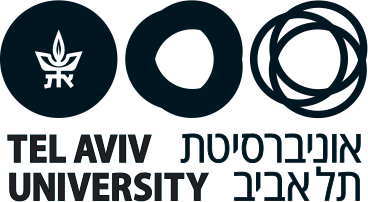The Troubled Seeds of Coexistence: A Study of Arab-Jewish Integration in Israeli Schools
Methodology and research description
Research Population

As shown in the figure, 93% of all primary, middle and secondary school students in Israel attend mono-ethnic schools (71% are Jews in Jewish-only schools and 22% are Arabs in Arab-only schools). Only 7% attend mixed schools of which 2% attend schools in which the minority exceeds 5% or more of the student body.
There are two types of mixed schools: Hebrew mixed schools - in which Jewish Zionist culture and Hebrew language are dominant and Bi-Lingual (Arabic/Hebrew) schools that are committed to equality and coexistence between Arabs and Jews in Israel.
The sample includes all bilingual schools that existed in Israel when data were collected (2013-2014, now there are eight such schools), and 18 Hebrew mixed schools that comprise half of all such school in the population as a whole excluding special education. Schools were sampled from the Ministry of Education’s list of schools for the year 2013. This sampling frame includes, among other variables, the proportion of students by religion/nationality. Very small schools and those that are located in Eilat and distant communities in the Negev region (n=8) were excluded from the target population of schools. Six principals of sample schools refused to participate. Ultimately, the sample includes all mixed or bi-lingual schools or more than 10% of both groups and about a third of the schools with 5%-10% of both groups (n=26).
Within schools, the study sampled all classes (n=124) that included at least two Arab students. In each sampled class, data were collected on all students who attended school on the day of the survey (n=2621).
Data collection
Data collection was done during the school year 2013-2014 and in the first semester of 2014-2015. School principals were interviewed about their own background, professional experiences and the school’s experiences and policies concerning diversity, integration and multiculturalism. Self-administered questionnaires were administered to homeroom teachers in which they were asked to assess the scholastic achievements of each student on a five-point scale.
Students were asked to fill-in two questionnaires: a roster network questionnaire to measure ties between students. Each student was asked six questions about her relationship with each other student in the class. Identifying information was then deleted from the form and replaced with anonymous IDs.
The second questionnaire is a short form regarding their parent’s background such as religion and languages spoken at home.
Finally, students were asked to take home a questionnaire to be filled in by a parent. The questionnaire asks for background information on the parent, as well as their attitudes regarding Arab-Jewish relations and school integration. Of the 2598 questionnaires that were sent out, 1231 were filled in and returned to us.
It is important to note that Hebrew was the primary language of the questionnaires, except for some of the Bi-lingual schools in which the student's' background questionnaire was offered in both languages.
